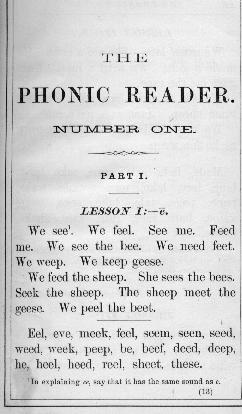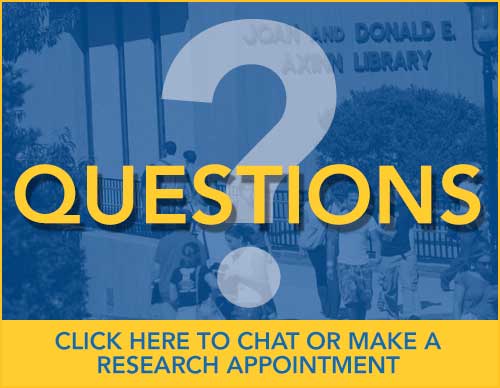The Phonic Reader for Common Schools. Prepared on the Objective Plan

Knell, A. And J.H Jones. The Phonic Reader for Common Schools. Prepared on the Objective Plan. New Phonic Reader Number One. Cincinnati: Wilson, Hinkle & Co. 1868. p.13.
By the 1820s the spelling method was under severe criticism by American educators, some of whom were beginning to explore new approaches to teaching reading. One group, influenced by the teachings of Pestalozzi, wished to restore meaning to elementary education.
They began to experiment with methods which introduced whole words with pictures and concrete experiences. Amother group had become interested in the scientific analysis of the English language, as illustrated by Noah Webster's dictionary which was published in 1828. They recognized the potential this analysis had in the teaching of reading and sought for a rational approach that would lead the learner, step by step, to a mastery of reading. This latter group began to experiment with various phonic approaches.
Several readers based on phonics began to appear after 1827, all of which abandoned the syllabarium and the procedure of spelling out the words during an oral reading session. Of these, there are four broad categories.
The first category is phonic spelling, in which the stress was on clear and correct enunciation of words, with a special emphasis on vowel sounds. Students 'spelled' out the words using their sounds, rather than the letter names. The phonic readers were eventually replaced by the synthetic phonic programs which appeared later in the century.
The second category was the reformed or augmented alphabets. A number of mid-century educators in America believed that the only logical and scientific way to begin instruction in reading was with an alphabet that had a one-to-one letter/sound correspondence.
Alphabets with diacritical markings form the third category. In these readers, the text retains the original alphabet, but is marked to indicate variations in pronunciation.
The fourth category promoted synthetic phonics in which the reader progressed though a set sequence of learning stages. In the first stage, letter names and sounds were taught, usually with pictures or ‘sound experiences.’ This stage was followed in sequence by blending words from the sounds already learned. It in turn was followed by oral reading of sentences and stories containing words which used the letter sounds already learned.


